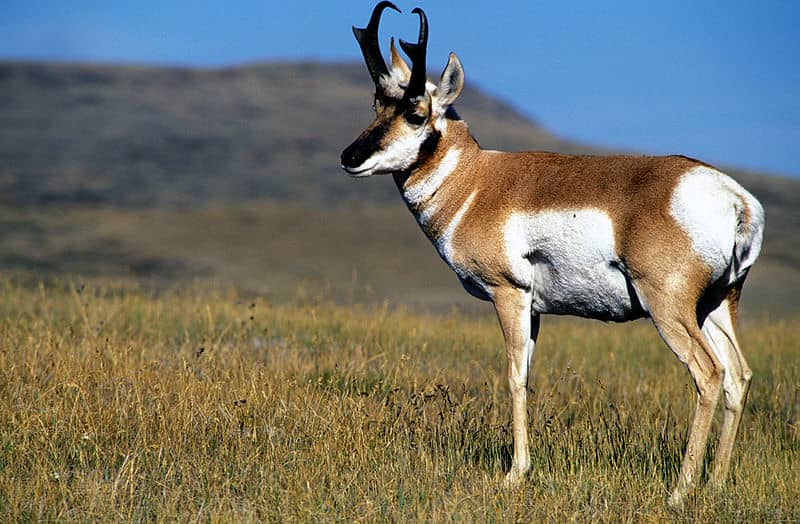Migrating Wildlife Get Renewed Interest from Park Service, Experts
OutdoorHub Reporters 01.24.14

The National Park Service (NPS) and outside wildlife experts are collaborating on new plans to conserve migrating wildlife, drawing praise from conservation groups. The Wildlife Conservation Society (WCS), which is involved in the collaboration, points to a recently published paper in the journal Conservation Biology by NPS and independent scientists as a cause for optimism.
“The challenges of conserving migratory species that use national parks involve daunting ecological, social and philosophical questions,” said lead author Joel Berger, a senior scientist with WCS. “If we can educate landowners, counties and agencies in the US, and even foreign governments, to see that migration is an essential wildlife process, the likelihood that we can conserve these species increases. There is reason for optimism.”
However, the recommendations put forth by the collaborative effort is only the first step in a long road to conserve migrating species. National parks are great sanctuaries for wildlife, but the land between these places of wilderness are growing increasingly urbanized and that poses a problem for wildlife.
“Our national parks are increasingly becoming island ecosystems,” Berger told The Missoulian. “If we don’t do something to connect these islands, migratory species will have a difficult time surviving into the future.”
One imperiled species is the pronghorn, which has the longest migration path of any land animal in the Lower 48 states. Dubbed the “Path of the Pronghorn” by conservationists, the animals travel along a 100-mile migration corridor to and from Grand Teton National Park. If this corridor is ever severed, the pronghorn will be risk.
Thanks to a decade of work and $10 million in construction, the path remains intact to this day. Experts in the NPS collaborative study point to this success in making recommendations for other species.
“Our national parks attract as many people as professional football, baseball and basketball games combined,” Berger said. “Putting this on the public’s radar is a good place to start, so 20 years from now we’re still looking at these species.”

